Thanking Those Who Inspired Us
/
Last Friday, StoryCorps was promoting a National Day of Listening where they encouraged participants to tweet their thanks to any teacher who’d been a significant inspiration in their lives. One particular teacher immediately came to my mind, but 140 characters didn’t seem sufficient to convey the impact she had in my life.
I was at a career crossroads in Grade 13 ― whether to follow the rest of my Bachelor of Arts-oriented family to study the oboe and orchestral music, or to follow my interest in maths and sciences toward a Bachelor of Science degree. Then I had the good fortune to end up in Miss Potts’ Grade 13 biology class.
Miss Potts was a bit of an odd duck, but her students loved her for it. She had two somewhat quirky scientific loves ― sperm cells and mitochondria. If she could find a way to work either into the lesson, she would. During most classes, one or both structures would end up on the black board, usually including five or six feet of wavy sperm tail. She even had a stamp similar to the one illustrated above. If the ‘Beautiful!’ mitochondrion appeared on your test or paper, it was the sign that you’d done exceptional work. Most of all, her passion for biology shone through clearly, and we eagerly absorbed her enthusiasm. Coming to her class always guaranteed an interesting and entertaining lesson. And, through it all, her genuine interest in her students and her love of teaching marked her as the very best kind of teacher.
Miss Potts not only set my feet in the direction of science, but she also made me think seriously about teaching as a profession. In the end, bench research was my calling, but I can thank her for solidifying my career decision, eventually leading to twenty years in the field of HIV research.
So, to Miss Potts, thank you. For all the hours at the bench or at the hood, trying to beat a pathogen that still ravages the planet, destroying lives and families, and leaving millions of children orphaned, thank you. For the second career that developed, taking my love of science and turning it into a professional career writing crime fiction, thank you. It’s unlikely that either would have happened if you hadn’t entered my life.
Who was the teacher or adult who had the most impact in your life? I’d love to hear about how he or she made a difference for you.



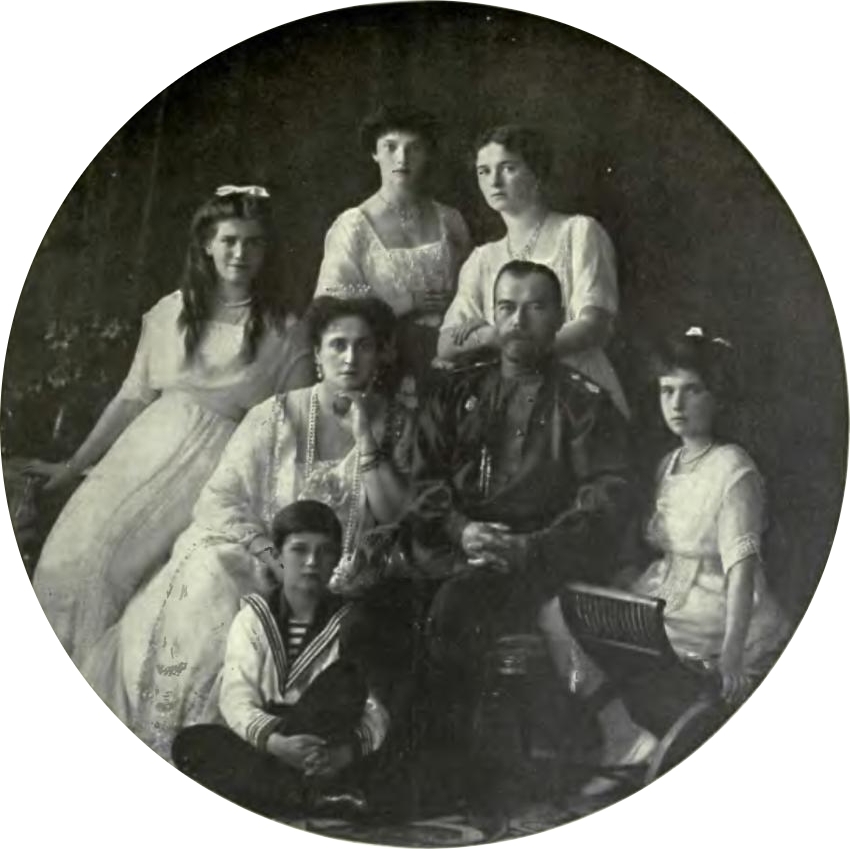



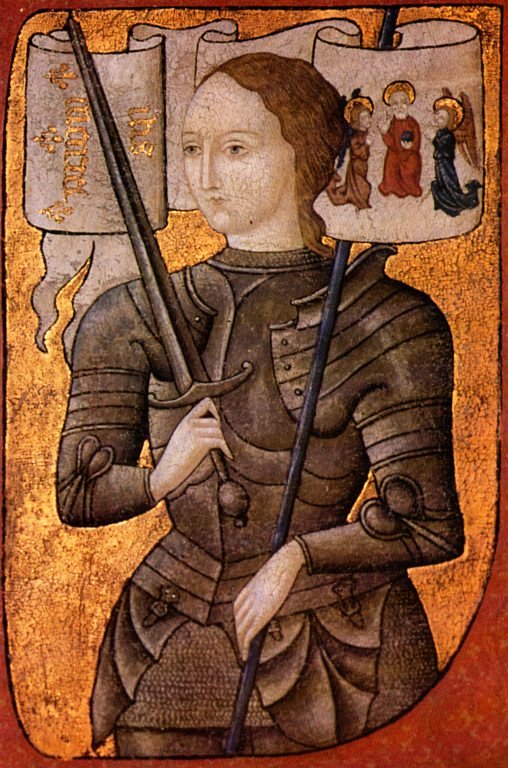


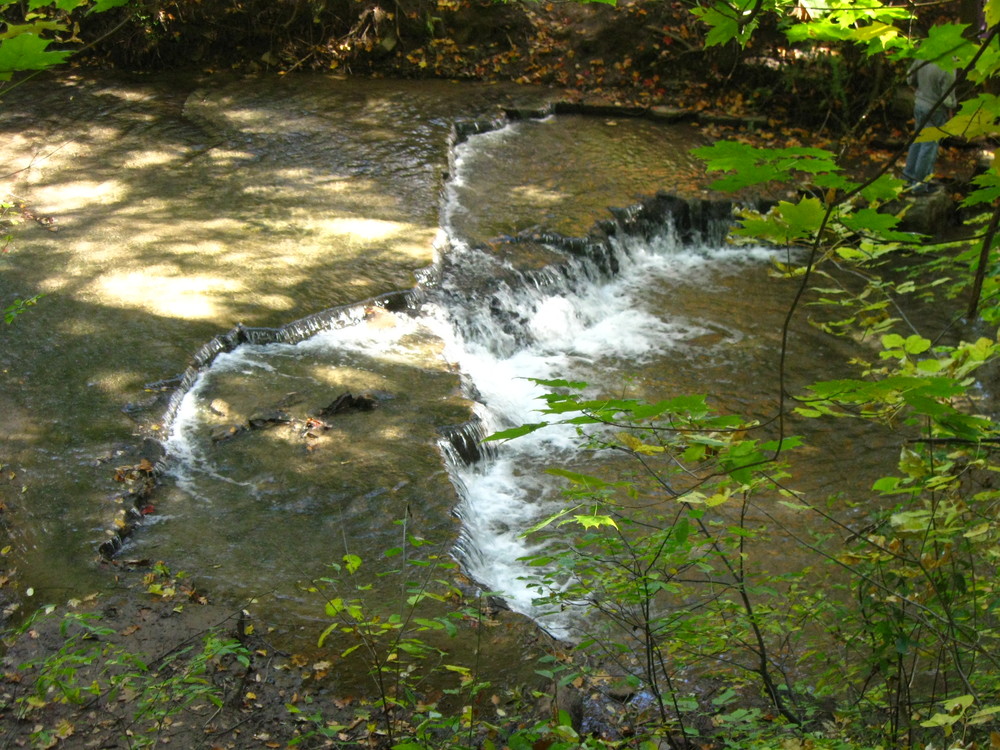














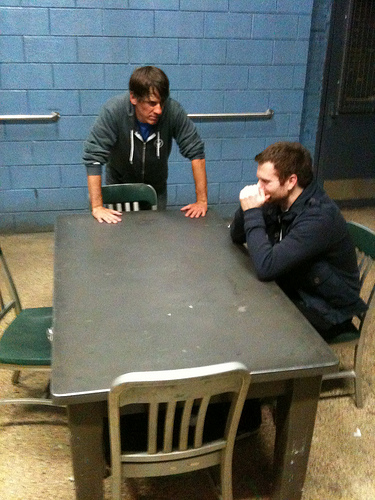





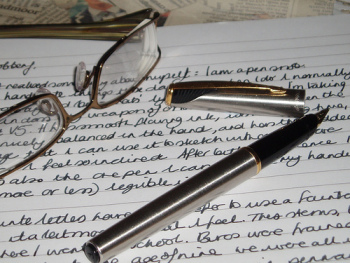


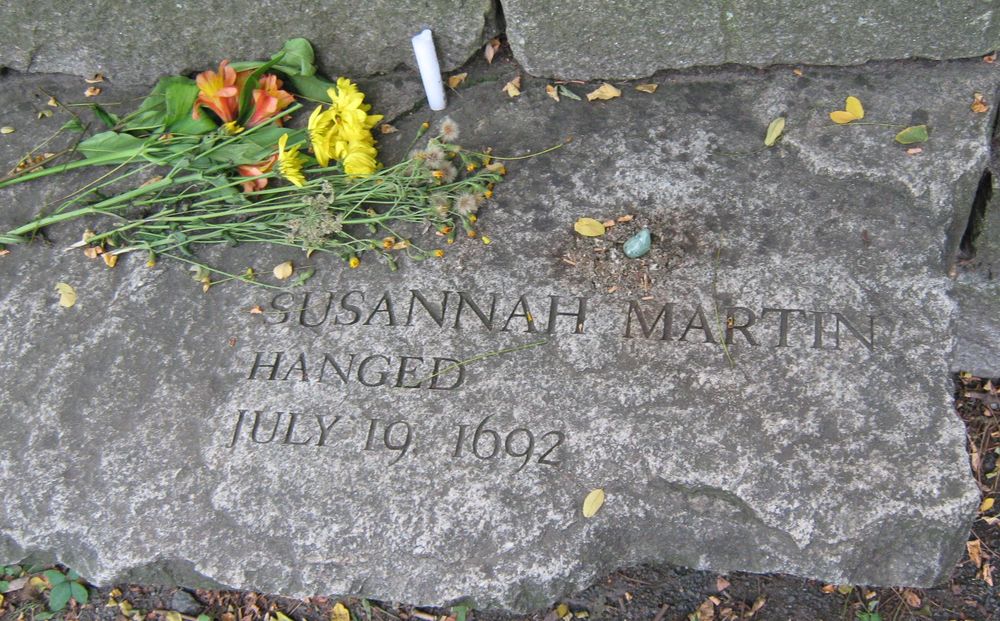

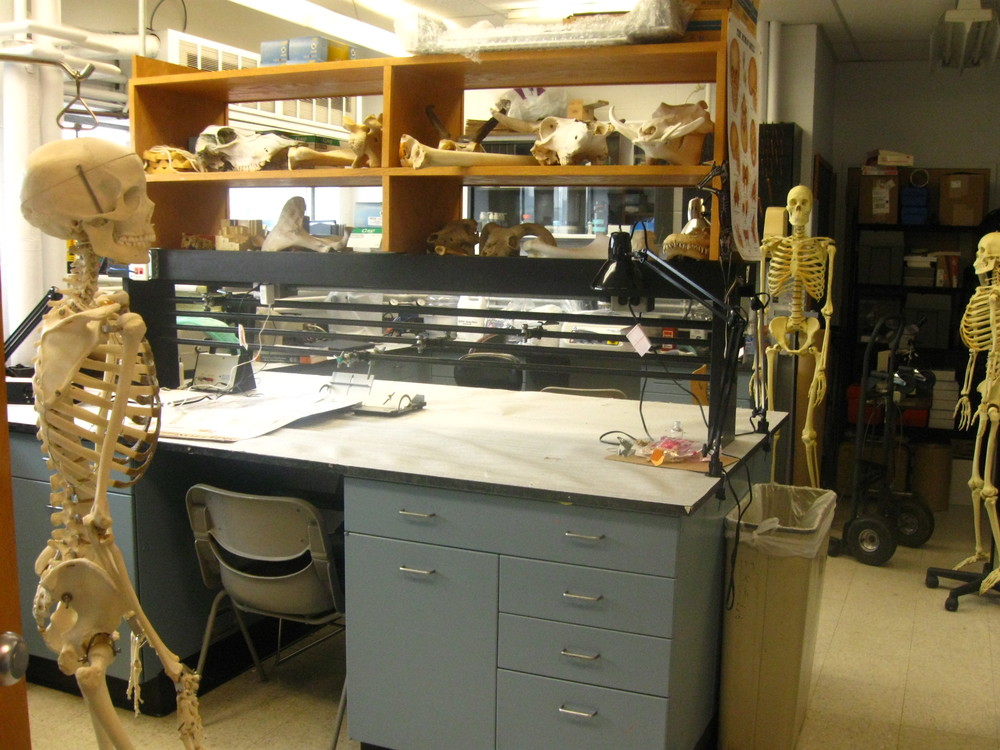












 39.2%
39.2%